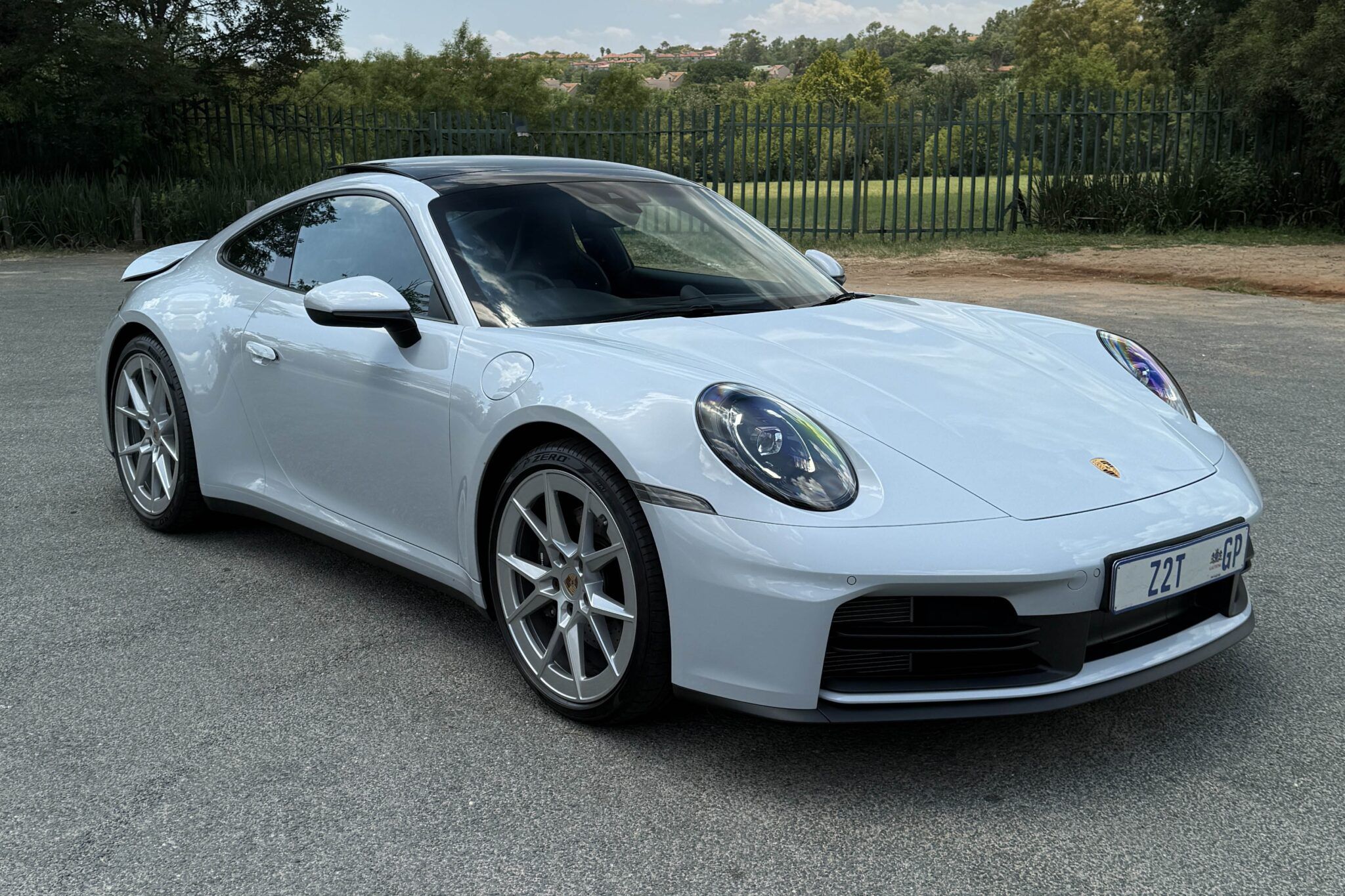When I first decided to rent a Ferrari F8 Spider for a road trip along the Amalfi Coast, I had no idea how detailed the sports car rental requirements in Europe would be. From age limits to cross-border rules, there’s a checklist every driver needs to know before getting behind the wheel of a luxury machine. If you’re planning to enjoy a few days in a Porsche 911 Cabrio or Lamborghini Huracán Spyder, let me walk you through what it really takes to make that happen.
Minimum age: why 21 is rarely enough
To begin with, most agencies require renters to be at least 25 years old. For premium models like the Ferrari Portofino M, some companies might raise the bar to 27 or even 30. While renting a Maserati Levante in Barcelona, I was told clearly: “We don’t hand over a €200,000 car to anyone under 25.” It’s not just about insurance—it’s about confidence in your driving maturity.
So, one of the first sports car rental requirements you’ll face is proving your age. Although some websites say the minimum is 21, don’t trust that until you confirm it with the provider and the specific model.

Valid driving license and IDP: don’t get caught off guard
Next, let’s talk about documentation. If you have a license from an EU country, you’re good to go. However, if you come from outside the EU, things get trickier. For example, when I booked an Aston Martin DB11 in France with my U.S. license, the company also asked for an International Driving Permit (IDP). Luckily, I had one.
Most sports car rental requirements include:
- A valid driving license (held for at least 2 years)
- An International Driving Permit if your license is non-EU
- Your passport for ID
- A credit card under your name with enough credit for the deposit
Skipping any of these could delay your booking or result in outright refusal.

Experience matters: not every driver qualifies
It’s not enough to have a license; your driving record also counts. Agencies want experienced hands on the wheel—especially when you’re renting something like a Lamborghini Temerario Spider. Some even ask for previous luxury rental history or a clean driving record.
During a weekend in Monaco, I was asked whether I had ever rented a supercar before. While it wasn’t mandatory, they definitely gave me a better briefing once I confirmed my past rentals. It’s all part of how strict sports car rental requirements can be when dealing with high-risk assets.
Deposits and payments: the part many overlook
This part surprises most people. Besides the rental fee, a large deposit is typically required. When I rented a McLaren 570S in Milan, I had to block €8,000 on my credit card. That’s more than a typical hotel stay—but understandable considering the price of the car.
Moreover, fuel policies, refueling charges, and mileage limits are all hidden within the fine print. In my case, going over the daily 200 km limit cost me €180 extra. It’s a smart move to study all the financial aspects before committing, as they form a significant portion of the sports car rental requirements that many travelers forget to read thoroughly.

What insurance really covers (and what it doesn’t)
Most providers offer basic insurance—Collision Damage Waiver, Theft Protection, and Third-Party Liability. However, those rarely cover full damage. That’s why I always opt for extra coverage with reduced liability. Yes, it can cost €50–€150 more per day, but you’ll sleep better.
One day in Nice, a stone chipped the windshield of my Bentley Continental GTC. Because I had full coverage, the €2,500 repair wasn’t my problem. If you’re considering skipping this coverage, think twice—it’s one of the most overlooked sports car rental requirements but arguably the most important.
Driving rules and fines: they follow you home
Europe isn’t a single country. France, Italy, Spain, and Germany all have different speed limits, toll systems, and parking regulations. In Switzerland, just 5 km/h over the limit can get you a fine. And guess what? It follows you weeks later.
After returning an Audi R8 in Geneva, I received a speeding fine in the mail six weeks later. So, part of understanding sports car rental requirements is knowing that responsibility doesn’t end when you drop off the keys.
Driving across borders: permissions required
One of the best things about Europe is how easy it is to cross borders. Yet, with luxury cars, this isn’t always permitted. When I planned to drive from Barcelona to the Côte d’Azur, the agency needed advance notice and charged me €150 extra for international insurance.
Some cars are strictly prohibited from leaving the country. Others require written permission. If you don’t comply, you risk invalidating the insurance—something you never want with a Ferrari Roma in your hands.

Vehicle tracking and penalties for reckless behavior
Almost every luxury rental car in Europe has a GPS tracker. These systems don’t just log location, but also track speed, acceleration, and even aggressive cornering. One agency in Marbella explained that frequent hard braking or redlining the engine could trigger penalties.
Driving these cars demands respect. It’s not a race track. Failing to follow basic behavior guidelines could mean fines—or even cancellation of your rental mid-trip.
Fuel and mileage: costly mistakes to avoid
Most luxury rentals follow a full-to-full fuel policy. If you return it half-empty, expect steep refueling charges. Also, unlike basic rentals, mileage caps are normal. For instance, when I took a Jaguar F-Type for a drive in Tuscany, I exceeded the daily cap and ended up paying €0.70/km extra.
Always ask:
- What is the daily mileage limit?
- Are cross-country trips allowed?
- Can I refuel anywhere, or only premium stations?
Because these aren’t just minor conditions—they are core sports car rental requirements that shape the total cost of your rental.
Final thoughts: preparation is everything
To sum up, renting a luxury sports car in Europe is an exhilarating experience—but only if you’re well-prepared. The main sports car rental requirements include:
- Meeting the minimum age and license conditions
- Presenting the right documents and insurance
- Paying a sizable deposit
- Respecting local laws and rental limits
- Driving responsibly and understanding each clause of your contract
Once you’ve ticked all the boxes, you’re ready to enjoy one of the most memorable drives of your life. Whether you’re taking a Bentley GTC down the Costa Brava or a Porsche Taycan through the Dolomites, these rules ensure that your experience remains flawless.
Trust me: with proper planning, the roar of the engine and the wind on your face are worth every requirement.

